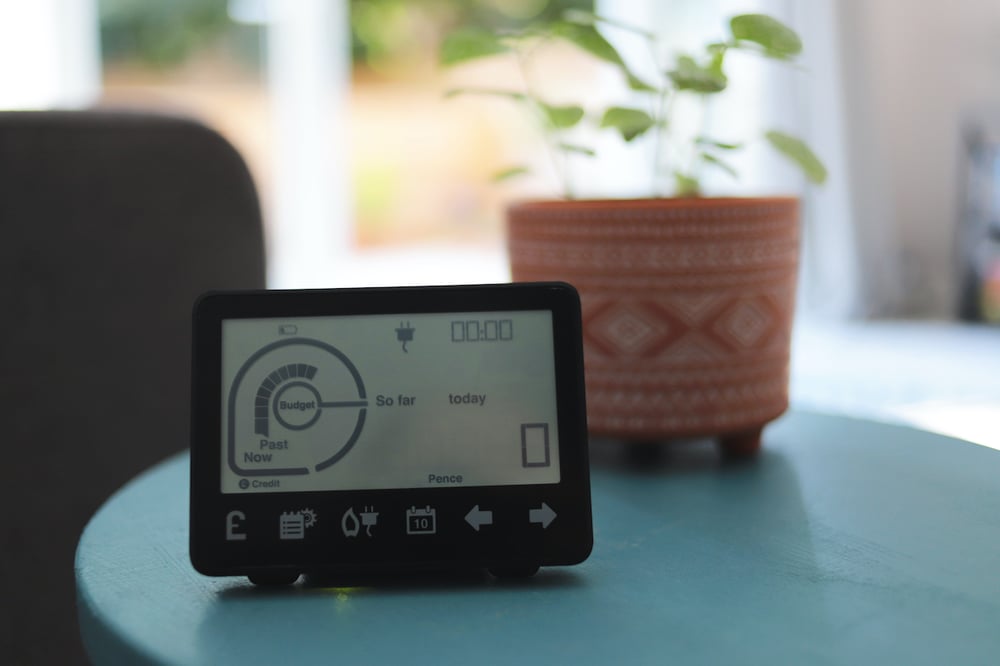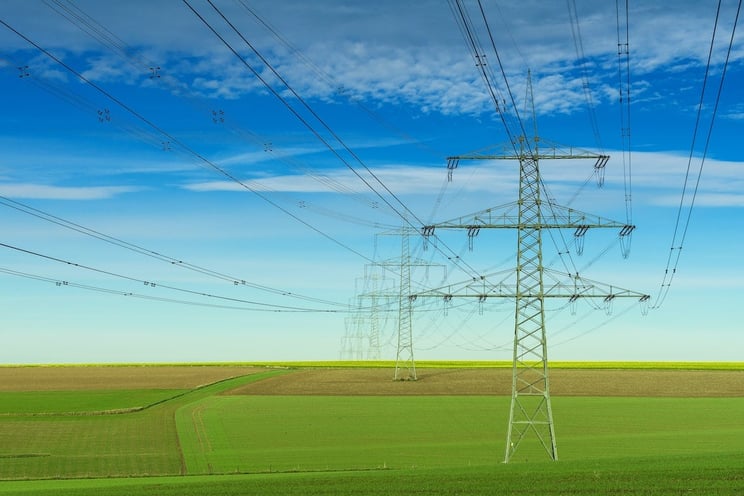The rollout of smart meters is an important part of the energy revolution and transition to a clean electricity network. But if you’re generating your own electricity, how do smart meters and solar panels interact? Can you have smart meters with solar PV? You can - and it may make your life even easier.
Read on for more information on smart metering and Feed-in Tariffs, export tariffs and home batteries.
Benefits of smart meters
The rollout of smart meters promises benefits in the home as well as the wider electricity network:
- real time energy usage displayed to help people make savings;
- accurate billing;
- no more manual meter reading;
- access to dynamic time of use tariffs;
- export metering for SEG tariffs;
- at scale, tool to help balance energy supply and demand across the country, supporting a cleaner, more flexible grid.
The smart meter rollout
The government’s initial plan was for energy suppliers to offer all their domestic customers a smart meter by the end of 2020. As has been reported over the years, progress hasn’t been smooth.
Data source: BEIS.
The pace of the rollout had been building relatively well until it crashed under coronavirus restrictions this year.
Data source: BEIS.
By June 2020, only 34% of electricity meters in the UK were smart in smart mode. A further 8% were smart meters in traditional mode - this includes first generation smart meters which ‘went dumb’ when switching supplier, or are unable to communicate with the wide area network.
First generation smart meters (SMETS1) connect to your energy supplier via a SIM card and regular mobile phone networks. Second generation smart meters (SMETS2) connect to a new, nationwide data network, which is being rolled out.
The latest deadline for suppliers to offer customers a smart meter is June 2025.

How do smart meters impact the Feed-in Tariff?
If your solar system is part of the Feed-in Tariff scheme (which closed to new applicants last March), you’re likely getting paid for ‘deemed export’ of 50% of your solar generation.
Once you get a smart meter installed, this can measure the actual electricity you export, so you have the option to switch your FiT export payments to a Smart Export Guarantee (SEG) tariff. All large energy companies have to offer one of these tariffs, which utilise half-hourly metering to reimburse you for exported excess solar power. You may benefit if you export more than 50%, or lose out if you export less.
Do you need a smart meter for SEG payments?
To get paid for excess solar power you send to the grid, under the Smart Export Guarantee, you need to have half-hourly export metering in place. Smart meters are the simplest way to do this in domestic properties.
If the smart meter communications network (SM-WAN) doesn’t yet reach your home, you should still be able to have one fitted and manually send the export readings to your energy company. Under the terms of the SEG, they are obliged to accept this.
Smart meters help model if batteries are worthwhile
With smart meter data, we can see how your energy usage is distributed throughout the day. If most of your usage is outside of daylight hours (like the national evening peak), then you’re more likely to benefit from batteries to store your solar power. Without a smart meter, we would have to make assumptions when modelling the impact of a battery for you.
If you already have solar PV, a smart meter will also tell us when you’re exporting solar power. From this we can see the percentage of solar generation used in your home. If this is low (up to 20%), there’s great potential to use more by investing in a battery.
3 phase smart metering
In the UK, the majority of domestic properties have a single phase electricity connection. But some homes with higher power demands, for instance if they have a heat pump, are upgraded to a 3 phase supply. (Indeed there have been calls for all newbuilds to have 3 phases by default to allow for larger solar installations.)
The development of 3 phase smart meters, which would let these properties participate in SEG payments, is ongoing. In August, Good Energy completed the UK’s first 3 phase smart meter installation at a domestic property:
How soon this can be scaled up across all energy suppliers remains to be seen.
Stay in the know
Find out more about other worthwhile solar panel accessories.
To keep up to date with the latest developments and information on solar PV, sign up for email updates from our blog:










